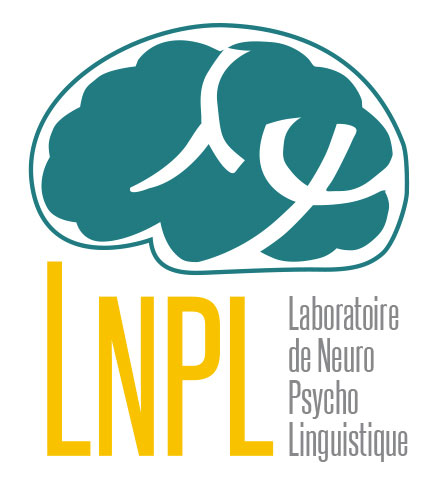- Recherche,
-
Partager cette page
Séminaire Octogone-Lordat : "Bilingual strategies: code-switching and code mixing in aphasia" (Silvia Martinez Ferreiro, Octogone-Lordat)
Publié le 11 janvier 2021 – Mis à jour le 23 août 2021
le 22 janvier 2021
14h
Séminaire en visio, pour assister, inscrivez vous ici !
Silvia Martinez Ferreiro est post-doc dans le projet "Aphasie et Analyse du Discours en Interaction" (AADI financement Région Occitanie et FEDER)
Bilingual strategies: code-switching and code mixing in aphasia
Abstract
Background: Communication deficits may affect the ability of bilingual individuals to use different linguistic codes in the appropriate contexts (Muñoz, Marquardt & Copeland, 1998). This may result in the combination of different languages in an utterance or the insertion of isolated words from another language in otherwise monolingual exchanges (Gloning & Gloning, 1965; Mosner & Pilsch, 1971).
Aim & Method: In order to characterize the use of code switching (CS) and mixing (CM) in Catalan-Spanish individuals with aphasia (IWAs), we analyzed spontaneous speech samples of 300 words in 4 participants, 1 with moderate motor aphasia and 1 with moderate mixed aphasia (predominantly motor) and 2 age-matched non-brain-damaged controls (NBDs).
Results: Different patterns were found across IWAs. While IWA01 produced more instances of CM, 45.4% of the output he produced in Catalan consisted of isolated words in otherwise Spanish utterances, IWA02 relied more on CS, 38.5% of the Catalan output consisted of full clauses. Words in isolation were restricted to lexical words, while grammatical words were only found in language appropriate contexts.
Discussion: In line with Abutalebi and Green (2007), our results seem to indicate that moderate aphasias of motor predominance can result into the disruption of the activation/inhibition mechanism at play in bilingual individuals. This may manifest in different forms. However, CM is still constrained. While lexical words in the non-target language can appear in isolation, grammatical words are restricted to appearing in language appropriate contexts. We attribute these restrictions to prominence and dependency factors (Boye & Harder, 2012), indicating the preservation of lexical-grammatical constraints.
Conclusion: Bilingual individuals with aphasia may resort to another language as a strategy to overcome difficulties in their speech output and increase their communicative effectiveness, especially in relationship to anomia. The use of CM and CS differs across individuals. However, lexical-grammatical constraints are still operative.

